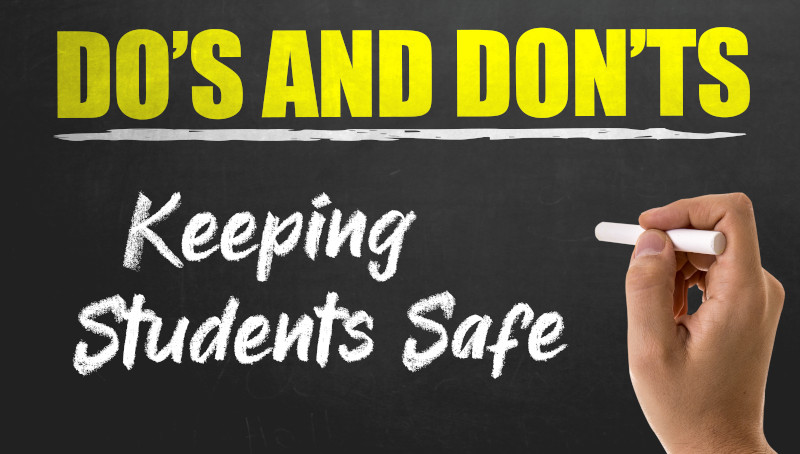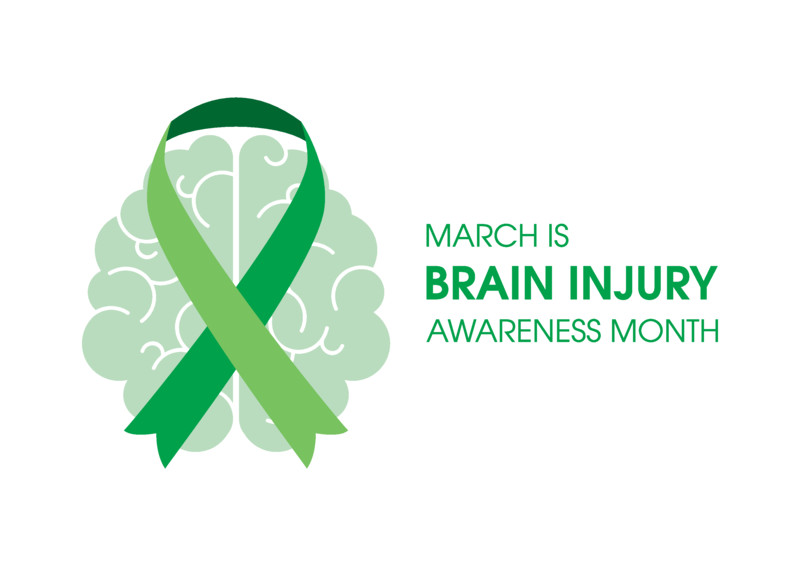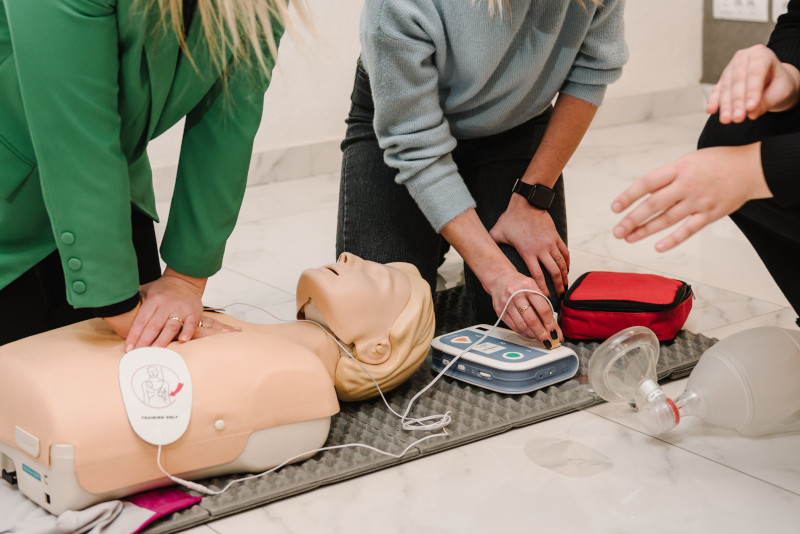Prevent sexual abuse in your school

Sexual abuse prevention has become a major issue in recent years for all kinds of groups, including houses of worship, athletic teams, scouting organizations and, of course, schools. Depending on the specific group, a variety of best practices and rules can be set in place.
As a school, you are governed by state laws and district regulations regarding sexual abuse prevention. But it’s important to get a refresher on what to do—and what not to do—to avoid putting yourself at risk for a sexual abuse lawsuit.
DO:
- Screen every staff member and volunteer who interacts with children at your school. Screenings should include a criminal background check, references, a written application, an interview and an employment or volunteer history.
- Carefully review criminal background checks for offenses beyond past convictions for sexual assault or abuse. Sometimes a first-time offender may be given the opportunity to “plea down” to a lesser charge, such as:
- Contributing to the delinquency of a minor.
- Providing alcohol, tobacco or pornography to a minor.
- Exhibitionism.
- Voyeurism.
- Indecency.
- Disorderly conduct.
- Require transparent email communication. Adults should never be communicating one-on-one with a child. Parents or guardians should be copied in every communication.
- Provide sexual abuse awareness training for all staff members in your school. Such training should teach adults how to look for signs of “grooming,” high-risk indicators, and patterns of sexual abuse. It should also tell them what they should do if they notice signs of sexual abuse, which will include reporting the incident to the mandatory reporter at your school or in your district.
- Evaluate your school to ensure there is no ability to lock a child in a room.
- Implement a bathroom policy that requires children in the bathroom at the same time to be of approximately the same age—a maximum age difference of three years between children.
- Have a policy that limits and defines when students can be transported by an employee or volunteer.
DON’T:
- Allow any adult—staff member or volunteer—to be alone with a child. If a volunteer is working one-on-one with a student, they should be in a room with a window or open door. They should never be in the building alone.
- Permit adults to hold sanctioned activities in their homes unless the situation has been thoroughly assessed.
- Admit unregistered visitors into your school. Every visitor should check in with the front desk, presenting a driver’s license or other valid form of ID. They should wear a nametag that identifies them as a visitor while they are in the school.
- Share families’ contact information without their express permission.
- Allow teachers to communicate with students one-on-one through video conferencing software. You should treat online interactions exactly as you do interactions inside your school—there should be complete transparency and other people around.
You can never be too cautious when it comes to protecting children from potential sexual abuse.
For more student safety information, check out these resources.




